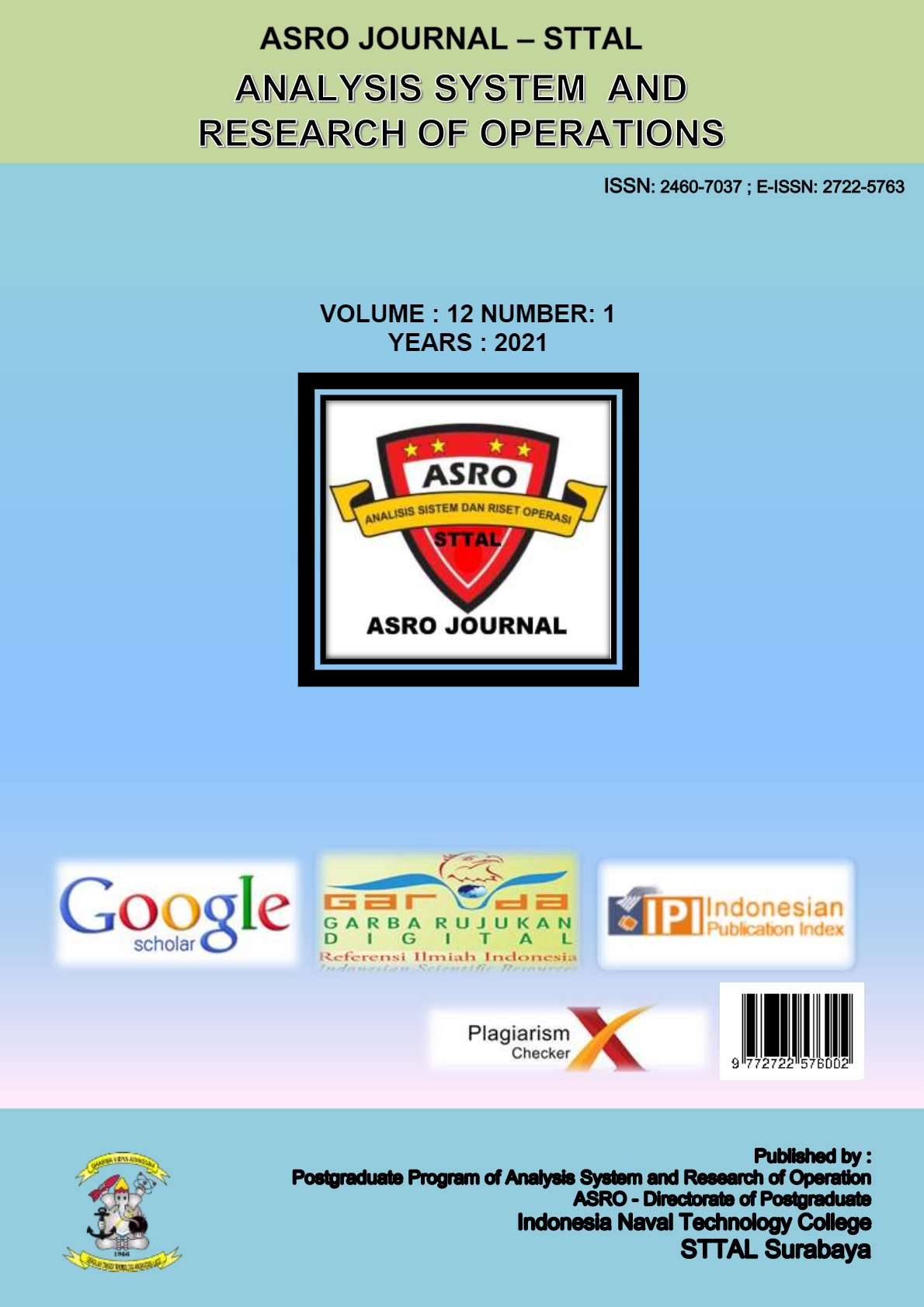SIMULATION CONTROL MODEL MISSILE SURFACE TO SURFACE USING SIMULINK MATLAB
Keywords:
Simulink Matlab,Trajectory, Missile Guidance, AutopilotAbstract
Simulating a model of surface-to-surface missile control using Simulink MATLAB involves creating a model of the missile airframe. The model represents a tail-controlled missile traveling at high speeds and altitudes, with typical angles of attack. The core element of the model is a nonlinear representation of the rigid body dynamics of the airframe. The aerodynamic forces and moments acting on the missile body are generated from coefficients that are non-linear functions of both incidence and Mach number. The guidance system in a surface-to-surface missile is responsible for keeping the missile on its proper flight path and headed towards the target. It performs functions such as target detection and tracking, ensuring the missile stays on the desired trajectory, and making adjustments to maintain accuracy. The guidance system works in conjunction with the control system to make corrective adjustments when there are errors in guidance. To ensure optimal performance, the control system of the missile undergoes testing and tuning. This involves adjusting the proportional and integral gains to minimize steady-state error and settling time. The control system is tested with different setpoints and gains to find the values that result in the fastest settling time and the smallest steady-state error. The guidance system ensures the missile stays on the desired trajectory, while the control system makes corrective adjustments to maintain accuracy. The tuning process is essential to optimize the control system's performance.
Keywords: Simulink Matlab,Trajectory, Missile Guidance, Autopilot



